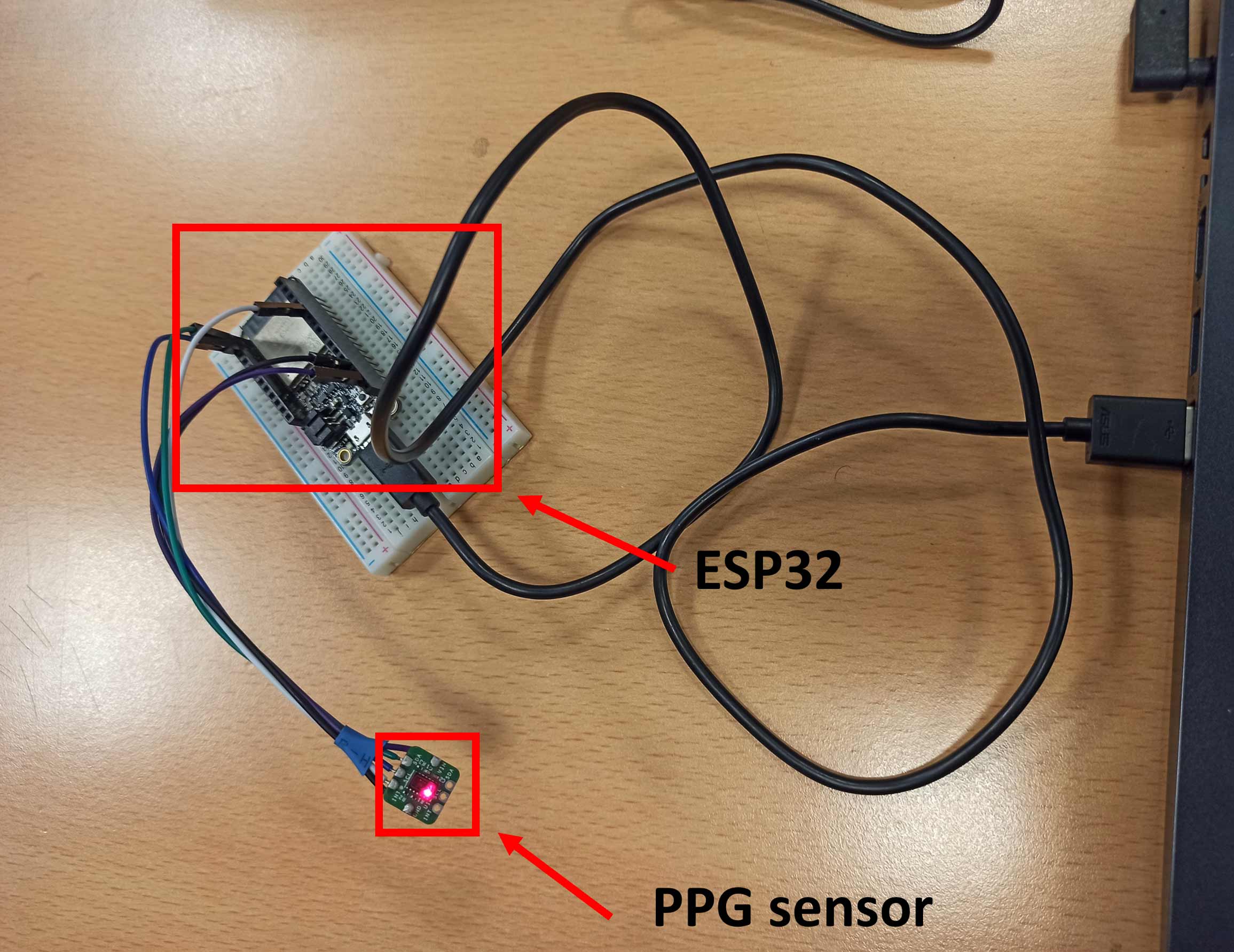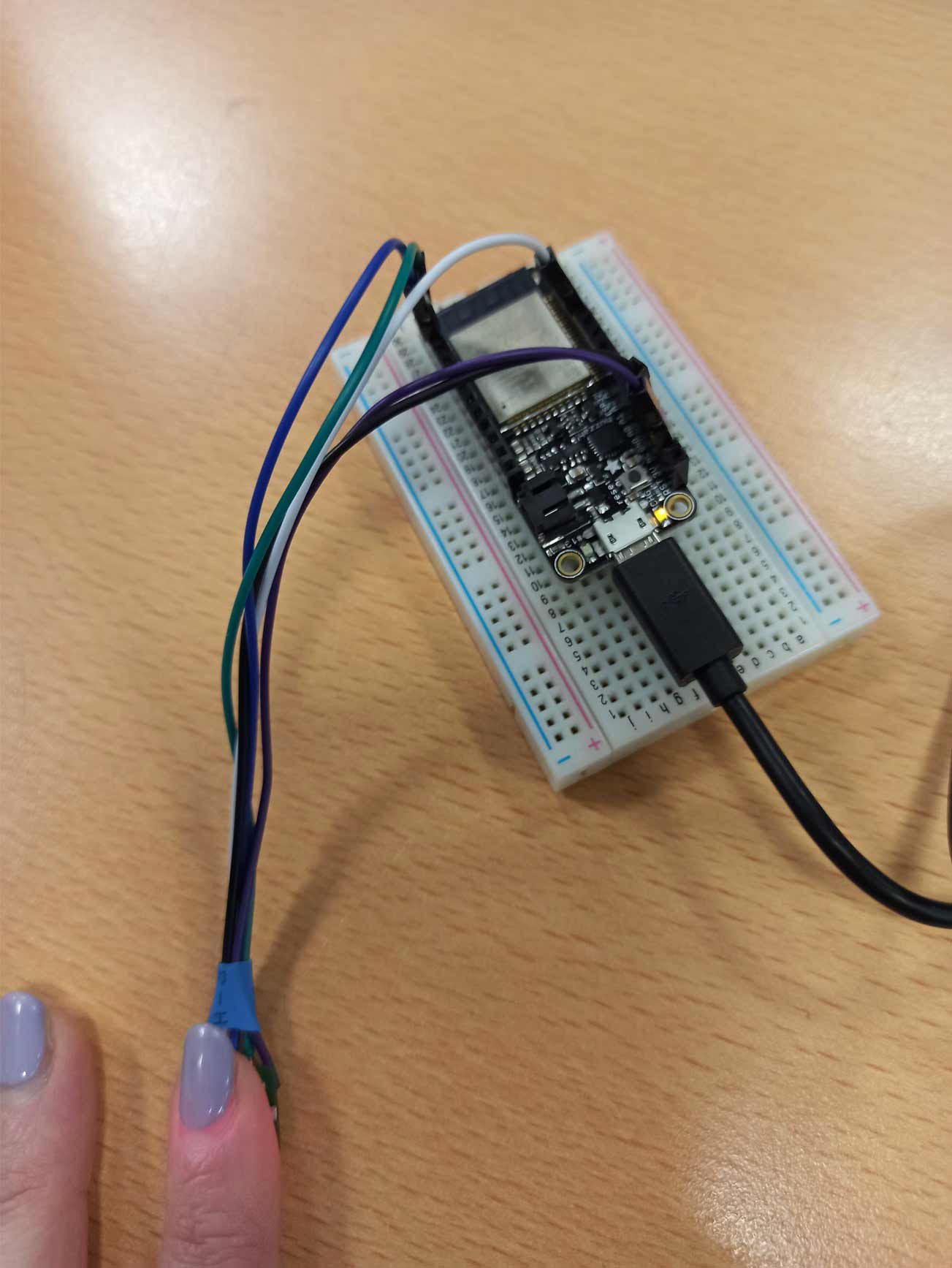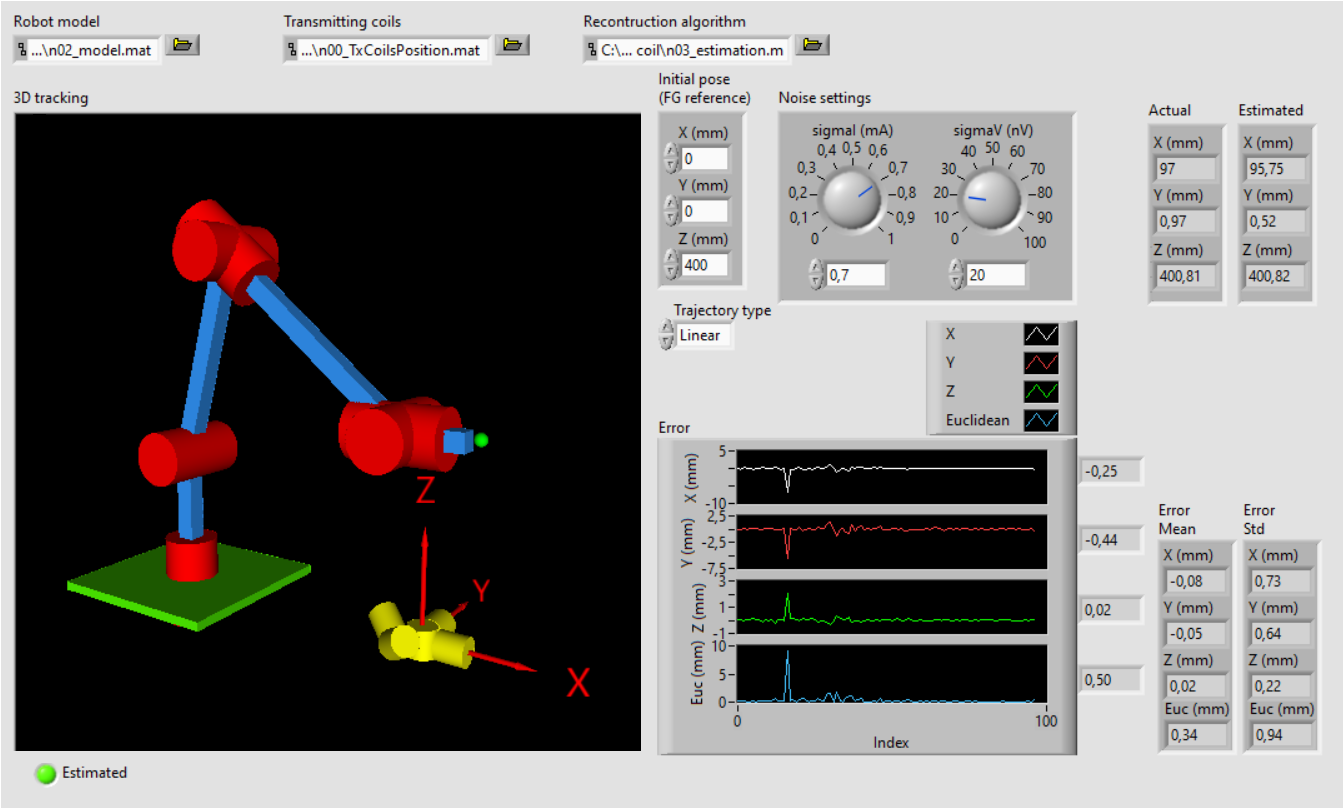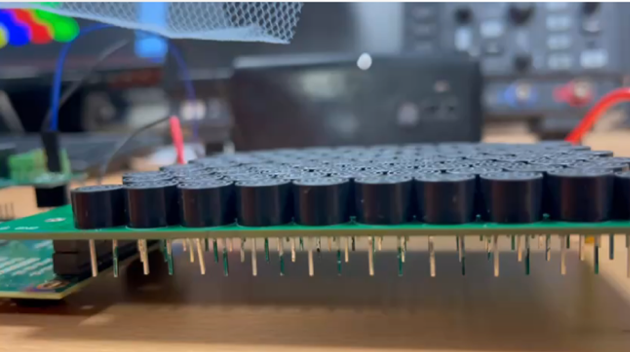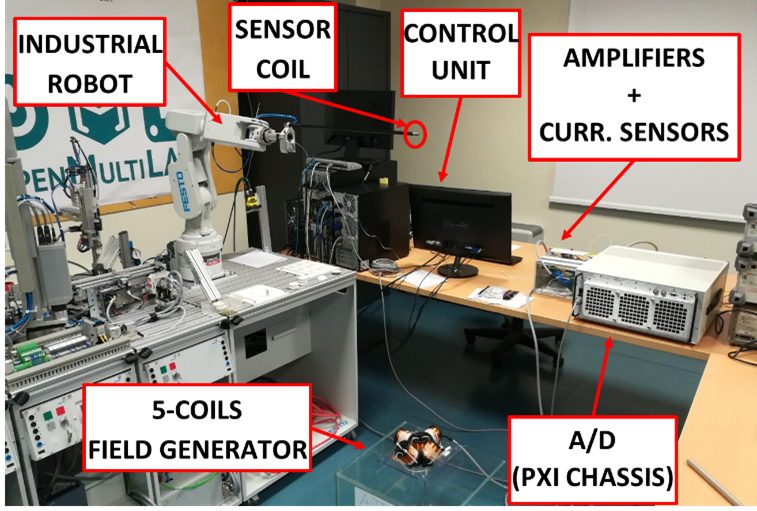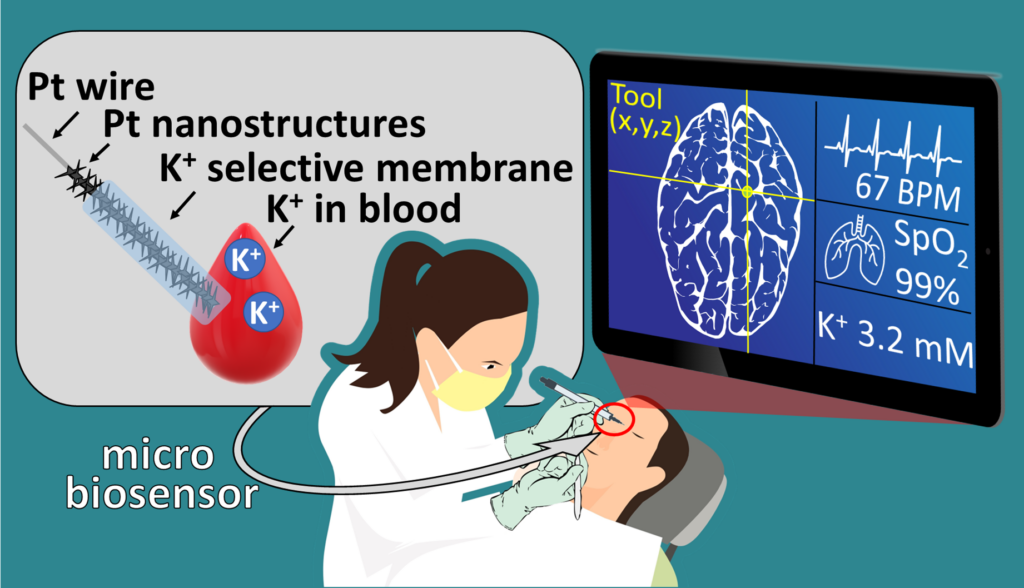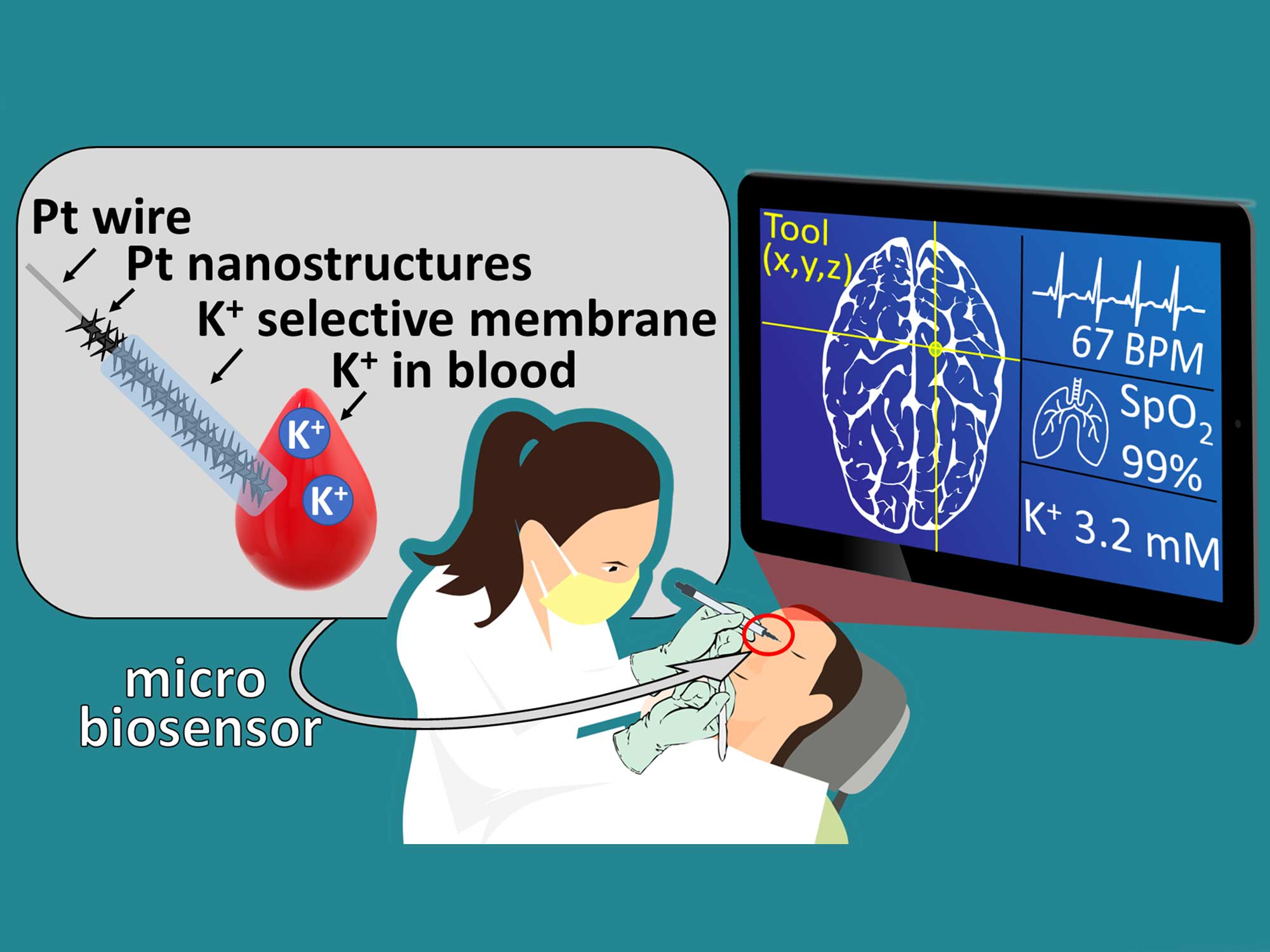We conduct cutting-edge research in the biomedical field, our focus spans from advancing medical image processing algorithms also using machine learning and deep learning to the development of chemical sensors and precise position tracking.
In collaboration with prestigious clinics and research hospitals like Casa Sollievo della Sofferenza, we have conducted a comprehensive investigation into the optimization of radiation doses specifically tailored for X-ray and computed tomography applications. Our emphasis lies in maintaining high image quality, ensuring a fruitful partnership between technology and healthcare.
About sensor innovation, we are currently pioneering nanostructured sensors designed for ion and drug detection. We accurately characterize their performance, utilizing machine learning for multi-drug discrimination. This collaborative effort extends to École Polytechnique Fédérale de Lausanne (EPFL).
Our exploration extends to the field of electromagnetic tracking systems for surgical instrument localization in collaboration with Masmec S.p.A. – Biomed division. Our goal is to enhance their operational range, and to achieve this, we have not only analyzed their performance but have also created a simulation tool. This tool predicts tracking system accuracy under various geometric configurations of field sources and operating conditions.
More details about our latest Research activities:
